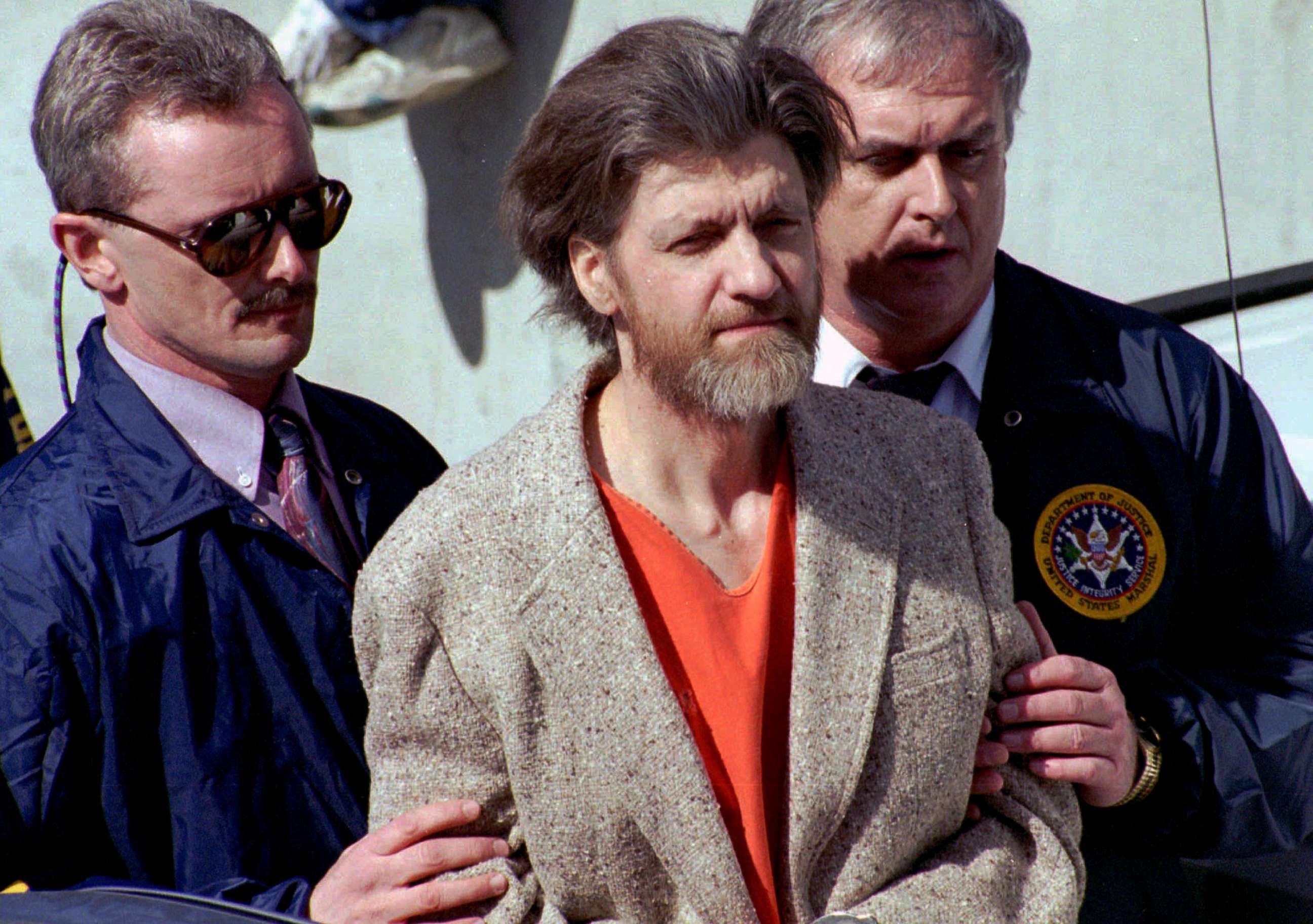Unabomber Ted Kaczynski dies by possible suicide in prison: Source
He was arrested in 1996 after a nearly 20-year bombing spree.
Ted Kaczynski, the convicted terrorist known as the Unabomber, died by a possible suicide in his prison cell early Saturday, a source told ABC News. He was 81.
A source told ABC News the death is being investigated as a suicide but officially there is no cause of death yet.
Kaczynski was found unresponsive in his cell around 12:30 a.m. ET and transported to a local hospital where he was pronounced dead, according to the Federal Bureau of Prisons.
Kaczynski was previously in a maximum security facility in Colorado but was moved to a federal medical center in Butner, North Carolina, in December 2021 due to poor health.
Kaczynski, who went nearly 20 years without being captured until his arrest in 1996, was considered America's most prolific bomber.

Between 1978 and 1995, Kaczynski placed or mailed 16 bombs that killed three people and injured two dozen others, according to authorities.
In 1995, before he was identified as the Unabomber, he demanded newspapers publish a long manuscript he had written, saying the killings would continue otherwise. Both the New York Times and Washington Post published the 35,000-word manifesto later that year at the recommendation of the U.S. Attorney General and the director of the FBI.
If it hadn't been for the suspicions of his brother and sister-in-law, Kaczynski might never have been caught. Kaczynski's sister-in-law, Linda Patrik, was one of the first to identify Kaczynski as the Unabomber after reading the Unabomber's writing.
In an interview with "20/20 on ID Presents: Homicide" in 2016, Patrik recalled the first time she suspected Kaczynski was responsible for the serial bombings.
"I'd thought about the families that were bombed. There was one in which the package arrived to the man's home and his little 2-year-old daughter was there. She was almost in the room when he opened the package. Luckily she left, and his wife left. And then he died," Patrik said. "And there were others. And so I spent those days thinking about those people."
Patrik said she recognized familiar-sounding ideas in the manuscript from letters her husband David Kaczynski had received from his brother. The family eventually decided to contact the FBI, and on April 3, 1995, a 9-man SWAT team apprehended Kaczynski in his cabin in Montana. A live bomb and a "wealth of bomb components" were found at the cabin, the FBI said, as well as "40,000 handwritten journal pages that included bomb-making experiments and descriptions of Unabomber crimes."
"When she said, 'Well, I think maybe your brother's the Unabomber,' I thought, 'Well, this is not anything to worry about. Ted's never been violent. I've never seen him violent,'" David Kaczynski said in the "20/20 on ID Presents: Homicide" interview. "I couldn't imagine that he would do what the Unabomber had done."

Kaczynski went on trial in Sacramento, California, where the key issue was not his guilt but his sanity and whether he would be spared the death penalty. He pleaded guilty to murder in exchange for life in prison without parole in 1998.
Kaczynski, who had attended Harvard at 16-years-old and earned a Ph.D. in math at the University of Michigan, had also threatened to blow up airliners, according to the FBI.
The prosecution of Kaczynski was supervised by the now Attorney General Merrick Garland when he was a senior Justice Department official. Garland also supervised the Oklahoma City Bombing investigation before he was Attorney General.
He grew up in Chicago, where his first bomb exploded, taught at the University of California, Berkeley, where two devices were left, and had lived in Salt Lake City, which was also a target, authorities said.
The name Unabomber was inspired by the case name UNABOM, which is derived from the UNiversity and Airline BOMbing targets, according to the FBI.



